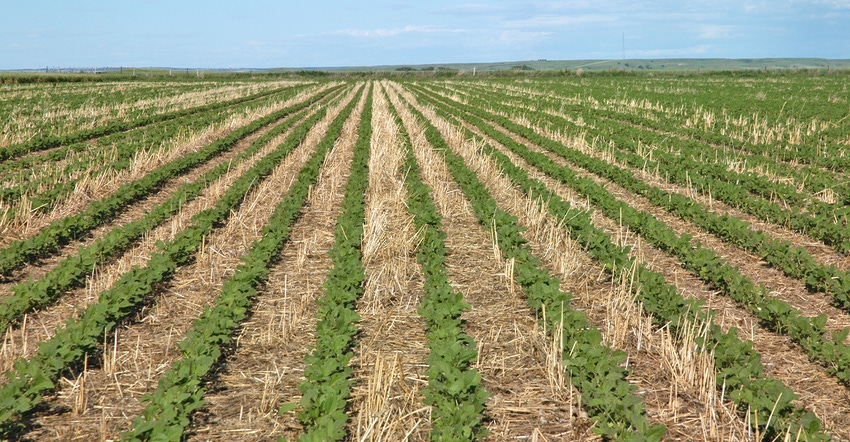January 24, 2020

North Dakota State University has published its projected crop profits for 2020:
Hard red spring wheat. Hard red spring wheat projects negative returns to labor and management in all regions of North Dakota except the northeast, which shows an $11 per acre profit, says Ron Haugen, NDSU Extension farm management specialist. Hard red spring wheat losses range from $1 to $35 per acre.
Soybeans. Soybeans project positive returns to labor and management in all but two regions. There is a projected loss of $14 and $7 per acre in the north Red River valley and northeastern regions, respectively. The rest of the state’s regions show positive returns ranging from $7 per acre in the northwest to $37 per acre in the southeastern region.
Corn. Corn projects losses from $2 to $21 per acre for five regions and positive returns for the other four regions from $1 per acre in the south Red River valley to $33 per acre in the southeastern region.
Malting barley. Malting barley shows slight losses in the northwestern and southwestern regions and larger loess in the Red River Valley regions. The losses in the valley regions are largely due to higher land costs.
Oil sunflowers. Oil sunflowers project a profit in all regions but the north Red River valley ($18 per acre loss) and the southeastern region ($25 per acre loss). The positive return ranges from $10 per acre in the south Red River valley to $32 per acre in the east-central region.
Canola. Canola projected the largest negative returns in the southeastern region ($50 loss per acre) to the highest positive return in the north-central region ($31 profit per acre).
Specialty crops. Specialty crops may show a positive return, Haugen says, “but usually have limited contracts and acreages, and also may have higher risk”
Costs higher
“Generally, for most crops, the projected total costs per acre were slightly higher than last year’s projections,” Haugen says. “Fertilizer expense was slightly lower. Seed, chemicals, and insurance costs were generally flat. Fuel, lube and repairs were slightly higher. Crop land rents for most regions were flat.”
Note: The budgets are guides for large multicounty regions. Returns and costs can vary considerably between producers within a region. Also, the budgets estimate returns to labor and management with no consideration of price and yield variability or risk. A perfect comparison of crops is not achieved because different levels of labor, management and risk exist.
The budgets are available online.
Source: NDSU, which is solely responsible for the information provided and is wholly owned by the source. Informa Business Media and all its subsidiaries are not responsible for any of the content contained in this information asset.
Read more about:
SunflowersYou May Also Like




